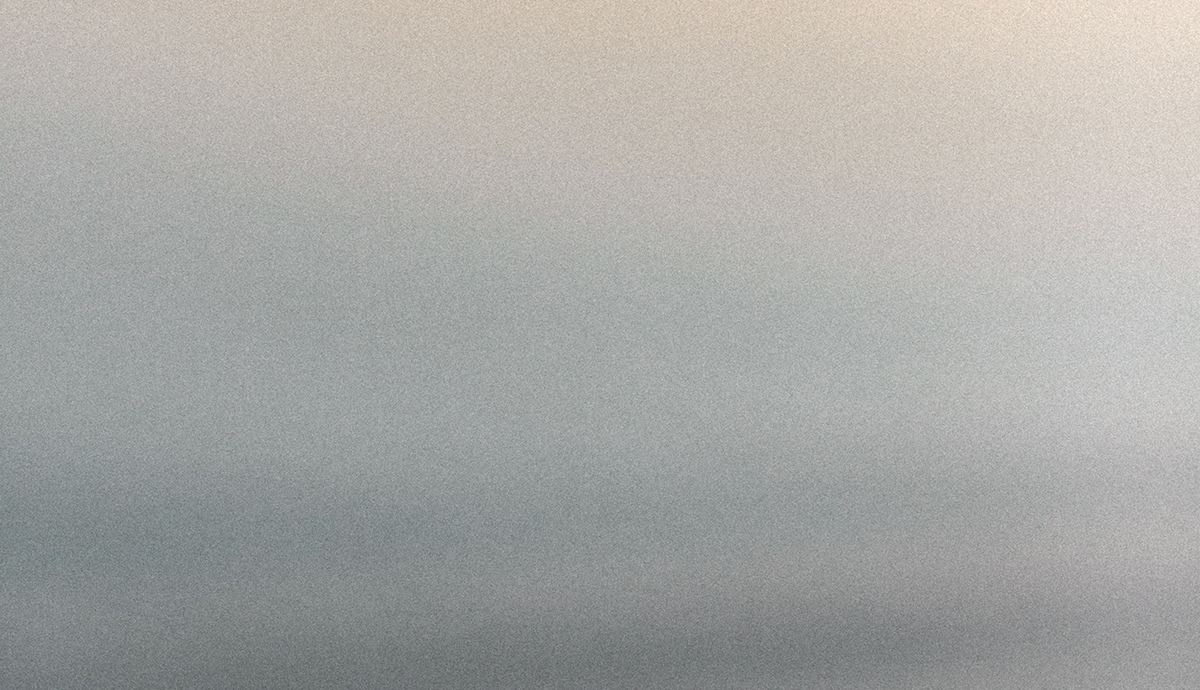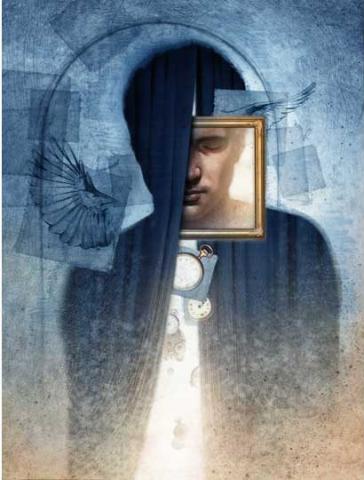When I was learning how to let poems be poems, I had meaning difficulties. As we learn to read poetry, this is a big problem: the facts shroud us from the mystery of the subject. Students often cry: “if I could only put a little bow on every little fact about poetry, compartmentalize them away into storage, and pull them out the next time I need to write a term paper.” But, alas, poems don’t like to be put into storage. Poems want to be draped over every living thing, and then they want to help you sense with all your senses the thing they are draped over.
Marianne Moore’s “An Egyptian Pulled Glass Bottle in the Shape of a Fish” made me delusional when I first read it. It kept me up as I tried to wrap my college brain around it. In the morning I dropped in on Paul Mariani and he asked me what I thought the poem meant. I yammered incoherently about The Heights of Machu Picchu and Ozymandias and even though I can see now I was on the right track, Mariani told me to stop and take a breath. He said, “When in doubt, give the poem permission to be about poetry.” Of course:
Here we have thirst
and patience, from the first,
and art, as in a wave held up for us to see
in its essential perpendicularity
Of course this poem is about poetry! The pure delight of its form as I count the syllables of it on my fingers! The human need to plunder what it wonders at in order to make art. And once we have made it, it is no longer ours. It is what happens in every poem, in every piece of art. We can only possess a feeling of sincerity, a Chevy in the sun, a tomato for a time, and then that thing will change. Even poems change on you. I have read this Marianne Moore poem many times and although every time I have read it since Mariani assigned it in 1999, although I hear him telling me to let it be about poetry, it changes. The syllable counts don’t change, but I can only look at it from this mood on this chair at 5:49 pm on May 7, 2016. I can’t read it the way I am reading it now ever again. This is how I begin to let a poem be about a poem. I get present.
When I first read a poem, I care little to not at all about the subject. I read with an instinctive nose for music that will take me beyond the world of facts for a little while. I look for that moment when I start to move my head in time with its time. I look for an ending that will announce that this poem is a made thing. And then I wonder at it. I wonder at it for it is part of a world that was heretofore unseen. A world, the shape of another’s mind, and I can imitate its shapes as I read a poem in real time.
Cynthia Berger, writing for the National Wildlife Federation, posits:
Many bird species—not just pigeons—can see UV light. Indeed, with the exception of night-flying birds such as owls, the eyes of most birds probably are even more sensitive to ultraviolet light than they are to what we call visible light. Scientists also have learned that many birds have plumage that reflects UV light.
Birds have entirely different colors in another bird’s eye. In our eyes, a sparrow might look common. But to another sparrow? Now, think how this fact takes over your mind as you try to make sense of something reason won’t allow you to make sense of. Now think about how you can never see what a bird sees, that we only have language and the idea of UV light to help us imagine this alternate reality. Poetry has taught me to not be disappointed that I cannot be something I am not because poetry can free me from the fact that I am an inadequate mortal being and I will never really understand anything at all by being something more than the bare fact. The fact limits possibility; the poem enables possibility (Or, in Spicer’s language, “Prose invents; poetry discloses.”)
Tomaž Šalamun ends his poem, “Responsibility”, like so:
whom did God consult
when he made a butterfly as it is
when he could have made its legs six inches thick
responsibility responsibility
baroque sustenance of the people.
A poet’s responsibility is to sense the world as it is (the physical world, the emotional world, the symbolic world - all at once!) and miniaturize it all into signs that let the butterfly just be a butterfly, the word giving us the insect and the insect giving us the word. These lines have helped me realize my wonder at the existence of butterflies so many times now. Šalamun has his speaker ask an unanswerable ontological question and then, without hesitation, the speaker begins to sing of responsibility, of our baroque sustenance. Look at all the potential meanings proliferating in this logic! The baroque sustenance could be responsibility. But wait? What does that mean? What kind of sustenance is baroque? What does this have to with what a butterfly is? Or what a butterfly isn’t? What is happening to my mind and my ability to sense the world around me as I ask these questions? What about the enjambment?
I have to give myself the permission to let the poem be about poetry. About the act of reading and discovering the poem in itself. I want to revel in all the scintillating associations and never treat a single one of them as a fact. I want to treat everything that happens in my poetry-reading mind as a mystery, and each mystery with the humility that is there no cure for life. No matter how much I want a feeling or a moment to last, it won’t. But poems make something more out of even this stubborn fact. And there isn’t really anything more noble than that.
Illustration by Matt Manley. Matt has been working as a freelance illustrator for over twenty years. His illustration is primarily figurative and symbolic with surrealist leanings, and past client work includes editorial, corporate, medical, book, and higher education. Though in the end his work is technically digital collage, the process integrates both traditional and digital media. Collage elements are original oil paintings and drawings, with occasional scanned found objects and photos added to the mix, all united in Photoshop .




